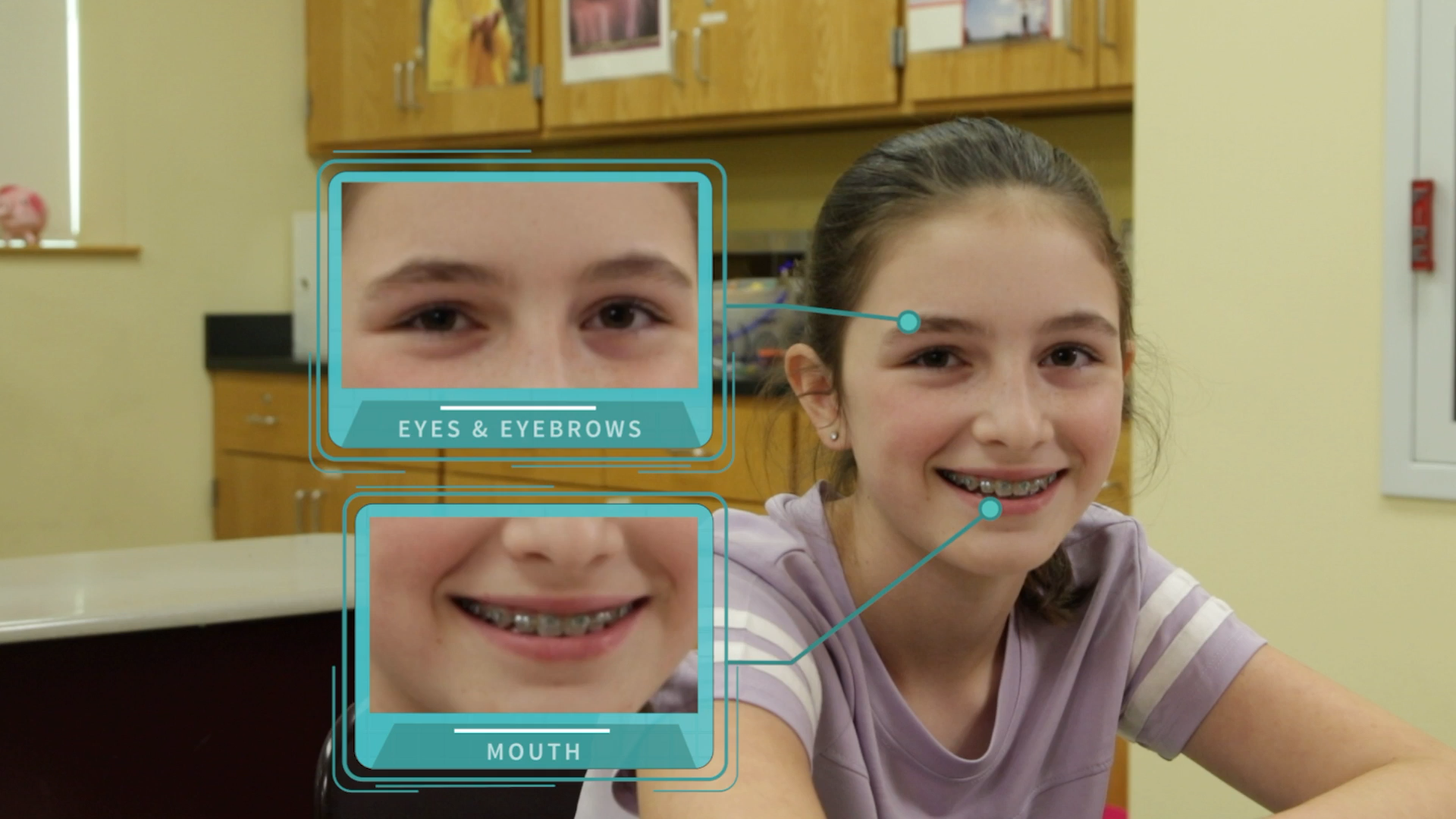Introduction
As educators, we understand the importance of teaching our students essential social-emotional skills. One such skill is the ability to read emotions in others. By learning to recognize emotions in others, students can better navigate social situations and respond empathetically. In this blog post, we will explore a simple yet effective method for teaching elementary students to read emotions using the Big Three: eyes, eyebrows, and mouth.
No-Prep Activity
Emotion Charades
This activity requires no preparation or materials and can be easily adapted for any group size. Have the students form a circle, and select one student to stand in the center. The student in the center will choose an emotion to act out using only their facial expressions, focusing on the Big Three. The other students must observe the student’s eyes, eyebrows, and mouth to guess the emotion being portrayed. Once the emotion has been correctly identified, another student takes a turn in the center. This activity helps students practice reading emotions and reinforces the importance of the Big Three in understanding others’ feelings.
Discussion Questions
- Why is it important to be able to read emotions in others?
- How can understanding someone’s emotions help us respond appropriately in social situations?
- What are some challenges you faced when trying to read emotions using the Big Three during the activity?
- How can we improve our ability to read emotions in others?
- In what other situations can you apply the Big Three to understand someone’s emotions?
Related Skills
Beyond reading emotions, there are several other social-emotional skills that students can benefit from developing. Some of these include:
- Empathy: The ability to understand and share the feelings of others.
- Active Listening: Focusing on the speaker, understanding their message, and responding thoughtfully.
- Effective Communication: Expressing thoughts and feelings clearly and respectfully.
- Conflict Resolution: Identifying and resolving disagreements in a constructive manner.
Next Steps
Teaching students to read emotions using the Big Three is just the beginning. There are many other valuable social-emotional skills that can be taught to help students become well-rounded individuals. To access free sample materials and explore additional resources for teaching social-emotional skills, visit Everyday Speech’s sample materials page.






